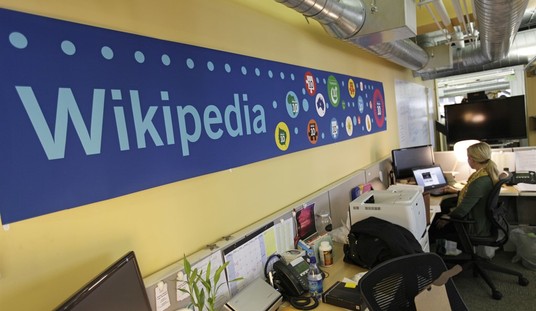In the Wall St. Journal, Brian Carney cites – among others – Nestle’s chairman Peter Brabeck-Letmathe discussing the question of whether or not the world can feed itself. The answer, in case you were worried, is a qualified yes. But in order to maintain this happy condition in a sustainable fashion some fundamental changes may be required in the way we approach resource allocation and distribution.
His argument takes in a couple of different key questions, but I won’t spend much time on the first one because, at this point, it seems almost beyond debate. In his supporting case at Outside the Beltway, Dr. James Joyner summarizes it nicely:
the Western fetish for turning cheap, efficient food into expensive, inefficient fuel.
If we divert vast amounts of food into the production of inefficient ethanol, we’re simply asking for an excuse to eventually starve. I take no issue with that.
The second question which comes up in the WSJ article hit’s a somewhat more touchy topic. How long will it be before we have to begin charging for fresh water the same as we do any other commodity?
Mr. Brabeck-Letmathe even worries about the absence of a functioning market for water. Some 98.5% of the fresh water the world uses every year goes to agricultural or industrial use. And in most cases, there is no market for how that water is allocated and used. The result is waste, overuse and misuse of the water we have. If we don’t do something about that, Mr. Brabeck-Letmathe fears, we will soon run ourselves dry.
Up to now, he says, our response to water shortages has focused “on the supply-side”: We build another dam, or a canal to bring water from one place to another. But “the big issue,” he contends, “is on the demand side,” and the “best regulator” of demand is prices.
I recall reading a column by George Will many years ago (sadly I was unable to locate an archived copy of it for this piece) in which he made a highly criticized and seemingly cruel observation. It involved the western “water wars” which take place over the limited supply of H20 in the southwest. He noted that we would likely have far fewer problems with water management in that region if we didn’t insist on growing crops in a desert which, under natural conditions, could never survive there. We grow cotton in the desert! (Including Texas, Arizona, New Mexico and California.) And that cotton competes in the market with cotton grown in the southeast which is its natural habitat. Why do we do it? Because water is free. If the farmers doing this had to pay for the water to hydrate their crops, they could not manage it in an economical fashion.
Dr. Joyner also notes the amazingly inefficient amount of energy we put in to processing water. This is one of those observations which many have found obvious only after they read it.
Part of the problem, at least at the household level, is that we use potable water for everything. It really makes no sense to process water to drinking standards only to flush it down our toilets or sprinkle on our lawns.
While the problem of fresh water supplies may be obvious, the solutions seem to be much more murky. How does one allocate the flow of naturally occurring fresh water in rivers and streams? The “water wars” we have now will be nothing compared to what is to come once we have to start putting a price tag on it. Upstream states would hold a vast and potentially unfair advantage over their downstream neighbors. And what of rivers shared by two states? We have a lot of them since, particularly in the older states in the eastern part of the nation, rivers are used as natural boundaries for state lines. And none of that addresses the historic assumption that open waterways are the property of all in this country.
But the water supply is finite. The demand, while not technically infinite, can easily exceed it. Is it a federal, state or local issue? Who will determine who gets to charge for water? What if some states, in a fit of pique, re-route an entire river to run to a more profitable customer? (The technology exists to do just that today.) These are all tough questions, and ones which we’re going to have to tackle sooner or later.








Join the conversation as a VIP Member